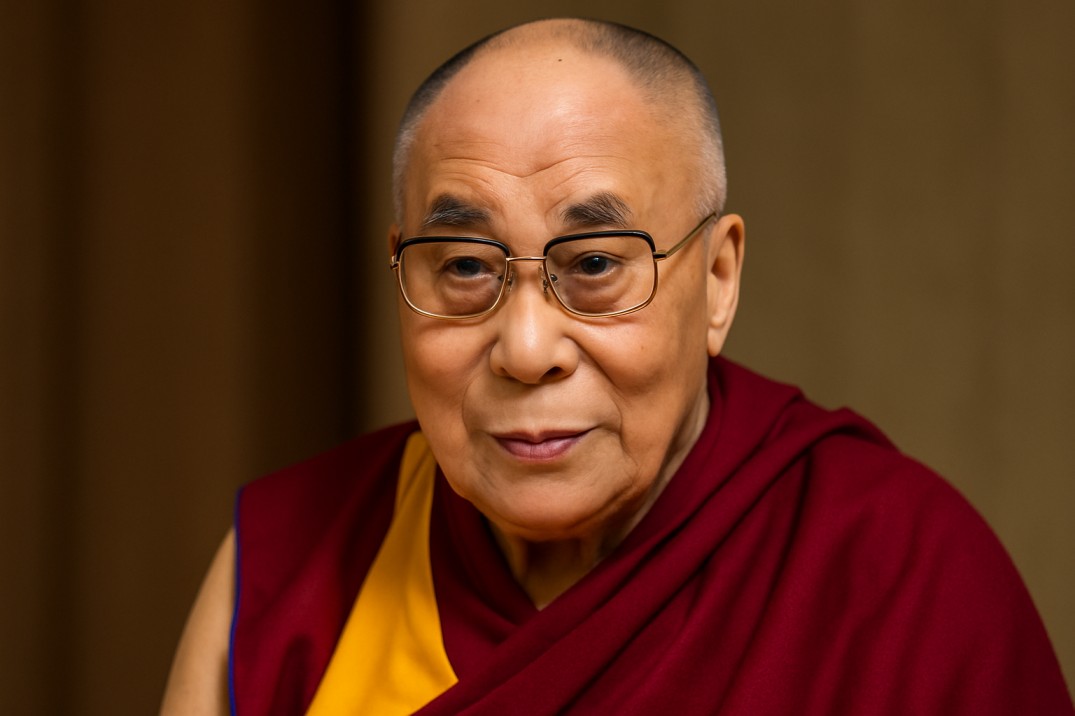Download the complete report
BRIDES FOR SALE: A Comprehensive Report on Asian Women Trafficking to ChinaWomen in Nepal are trafficked every year to China by strangers, neighbors, and families for sexual exploitation. They are also made to work in circuses, as domestic workers, in forced labor, or even are made to give up their organs. Many are often lured with promises of well-paying jobs in foreign employment or with fake marriages. Nepal stands to be one of the primary targets of China when it comes to sex trafficking on account of its massive unemployment and dubious financial status.
Mostly the traffickers themselves lure these women and get married to them. This way they easily transport these women to China and sell them off to interested buyers. Because these Chinese traffickers are legally married to Nepali women, it is difficult to establish a case for trafficking. When caught, they usually have all the required documents.
Statistics
Chinese men pay around Rs 10-15 lakhs (USD 12500-18900$) to marry Nepali women to brokers. They also provide lavish gifts worth up to Rs 60,000 (USD 750$) to potential brides and their families. This helps to convince the girls and their families that they will have a better life in China.
According to a report released by the National Human Rights Commission, the Nepali national human rights body, in the year 2019 alone as many as 15,000 women and girls including 500 children were trafficked, and these are just the known cases. It is estimated that more than 17,000 women (two fiscal years ending mid-July 2015) and girls are trafficked every year.
The government of Nepal disputes these figures. According to them, only 181 Nepalese were trafficked in 2013, compared with 185 in 2014. In 2013, 56 women were rescued from their traffickers by an NGO.
It has also been reported that the trafficking of Nepalese women to China for marriage has resulted in as many as 1,000 women being exploited by marriage bureaus with promises of citizenship, job opportunities, and good family life.
According to the data gathered in 2019 by the National Human Rights Commission, on caste and ethnicity, 49%, the majority of trafficked women survivors are Indigenous nationalities, followed by Dalit at 15%. Madhesis account for 6% and other ethnicities constitute the remaining 29%. Indigenous Peoples, Dalits, and Madhesis are the most socially, politically, and economically marginalized and excluded communities in Nepal. Tamang women are at particular risk.
Routes

- In 2019, Nepal Police arrested 10 people from Tribhuvan International Airport for trafficking. Women used to be first brought to Kathmandu, to a house in Tokha where they would receive training in Chinese and would be introduced to traffickers posing as potential Chinese grooms. Then they would be trafficked via the air route.
- Hedge City of Shandong Province, China via Tribhuvan International Airport on January 10, 2020.
- A 21-year-old girl who got married to Wu Fusing, 25, in Yunchean County of Shandong Province, China on January 3, 2015, was rescued by the Nepali Embassy and brought to Kathmandu.
- A girl from Sindhupalchowk got married to Yin Xiaobo and reached to Hubei Province of China in a similar fashion.
Read about the ordeal of the Nepali women in the complete report.



